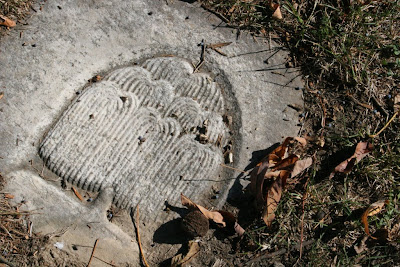I sat up late watching CNN, transfixed. I watched as state after state went to Barack Obama, recalling nervously how I had waited up all night in college watching the 2004 election results come in only to be disappointed.
Suddenly, a graphic appeared at the bottom of the screen. Obama was the projected winner. Then it was official—President Barack Obama will be sworn in on January 20th, 2009. For the first time in eight years, my heart swelled with pride and I cried tears of joy. After living as a liberal democrat for the past two terms, I (and others like me) had been called a domestic terrorist, unpatriotic, had been blamed for 9/11 (thanks, Ann Coulter and Jerry Falwell) and had been told to leave the country if I had problems with it.
The problem is, I didn’t agree with lies, wiretapping, invisible WMDs, who knew what library books I checked out or with people being tortured and killed on behalf of the citizens of the United States. I also didn’t agree that bringing these things up made me unpatriotic. In fact, I felt they made me more so. Still do.
As I watched Obama walk out onto the stage with his wife Michelle and daughters Malia and Sasha, I felt my heart lift a little. Putting aside all politics for a moment and focusing strictly on the good feeling of it all, the Obamas are a physical manifestation of the new American ideal. Smart parents, beaming kids…and Barack, a biracial man from an nontraditional family background. How many people in this country can now identify with the next First Family? How many peoples’ hopes were lifted by a speech that acknowledged all sorts of people? How many saw the diversity of the crowd in Grant Park and felt they were right there with them listening to history in the making?
As much as I hate to admit it, I’ve been down about my country. I’ll be honest here. I have hesitated to make overtly patriotic displays or plaster yellow ribbons all over my property not because I don’t love America or support the troops, but because I feared these things were endorsements of ideals and popular opinion I did not share.
I feel that John McCain, while an honorable man, is not in touch with the needs of this nation. We can only take so much strong-arming and toughness before we become callous.
It saddens me that people took Obama’s message of hope and opportunity as a sign of weakness or naïveté. Since when is looking forward and conducting a positive campaign something we should detest or not trust?
While McCain was respectful and fought a good fight, his biggest mistake was putting a self-proclaimed hockey mom in the co-pilot’s seat.
Sarah Palin, while poised and pretty, does not scream substance, but rather shows a pageant queen façade that crumbles at the first hint of a difficult question or even an inquiry as simple as what newspaper she reads. There is a hint of that girl we all knew in high school who hung around the guys, applying lip gloss and occasionally catching a football in gym class, getting in return a cute nickname and a reputation as being tough (for a girl).
Palin is the homecoming queen who gets A’s because she sounds smart and looks good in glasses, hinting at a cross between naughty schoolgirl and sexy librarian, while the smart girl sits in the back and never gets called on or asked out because she doesn’t have the pretty clothes or the Mustang.
Given all the chance in the world, she college hopped, demonstrating a lack of commitment and direction. Given a national platform, she repeatedly defaulted back to cute, winking and saying “you betcha” and “gosh darn.” The faux folksiness and high heels were easy to look past and lost her the pageant (er, election).
While I will not attack her children, who had no choice in this matter, Palin’s hypocritical stances on women’s issues and seeming ignorance that quite a few people out there don’t believe that having children make someone smarter than the rest of us were a major turnoff. While family is important, her strict definition of a family doesn’t cut it for me.
I voted for Barack Hussein Obama. I am proud of that fact. I understand that others distrust him and may be down, angry or even afraid. However, I ask you to let him prove himself. If a bleeding heart like mine survived eight years under Bush, you can at least give him a shot. After all, he is not only the president of me and others like me, but of you and everyone in this country. Make a judgement of his presidency when he has a chance to act, just as I waited to do when Bush took office.
Can this be the president who brings us closer together by overcoming stereotypes, encouraging community and inspiring hope? Does that sound impossible?
Barack Obama has already proven that more is possible now than ever before.









































.jpg)









.jpg)